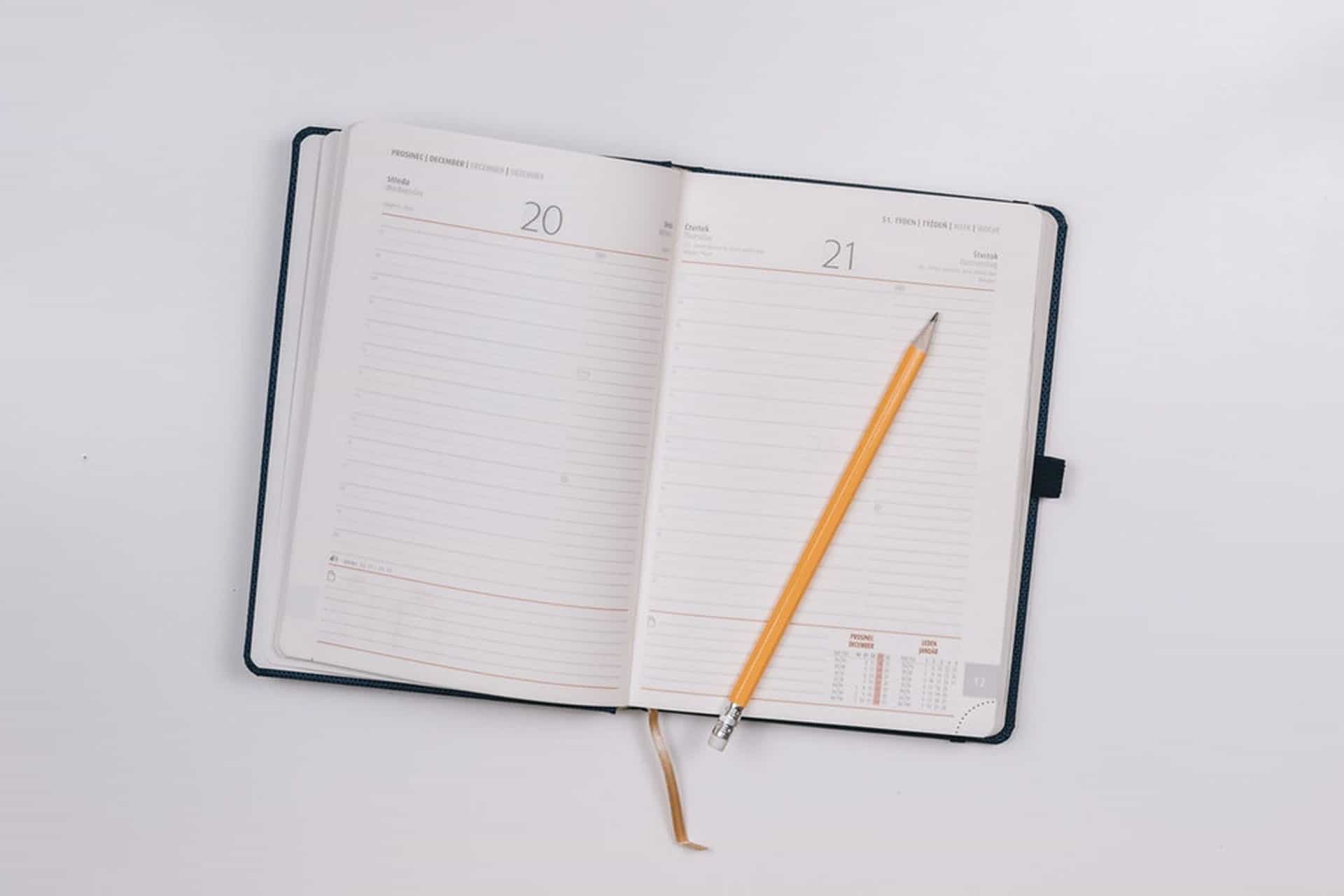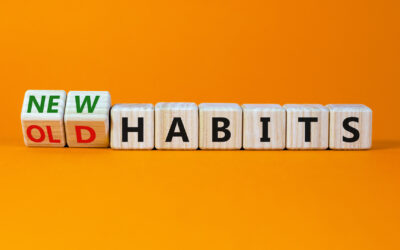
Did you know that people who keep food journals are more likely to develop healthier eating habits?
Despite the many benefits of creating food journals, many people who start them end up abandoning them because they lose interest. The good news is that there are several simple things that you can do if you want to keep track of your eating habits.
We’ve created a guide to help you learn how to keep a food journal. Keep reading if you want to find out more.
Keep Track of What You’re Eating
Your food journal will be the most helpful if you are as accurate as possible. This is why you should make a habit out of writing down everything that you eat, even if it’s just a handful of cashews.
Include all of your meals, what you’re drinking, and even your midnight snacks.
If you are eating foods that have complicated ingredients, take time to break down the individual ingredients. For example, if you’re eating a bowl of oatmeal, you should write out the number of oats, honey, nuts, and milk.
When you’re recording the beverages that you are drinking, be sure to keep track of how much liquid you are consuming throughout the day.
This includes things such as alcoholic beverages, which tend to have many more calories than alcohol-free alternatives.
Be as Accurate as Possible
It is especially important to be accurate when recording how many calories you’re consuming if you want to lose or gain weight.
If you don’t have a food scale, you should consider buying one. You can use it to make sure that you are accurately documenting your calorie consumption instead of trying to eyeball your food servings.
Don’t try to make changes to your diet until you have taken the time to document how much food you normally eat. Once you’ve done this, you can decide if the portions you’ve been eating are too big or too small.
Knowing the When and Where: Record Times, Days, and Locations
You’ll quickly start identifying patterns in your eating habits if you choose to record the times, days, and locations that you are eating. You can use this information to explore why you might be eating certain foods at certain times.
Try your best to record specific times instead of simply writing down “evening snack,” or “work break doughnut.”
Document How You Feel After Eating Certain Foods
You should keep your food journal nearby at all times. By choosing to do this, it will be easy for you to record how you are feeling after eating certain foods. You can also record how you feel before you eat.
Since it can take up to twenty minutes for the human body to know when it is satisfied, you should wait before writing down how the foods you ate are making you feel.
You should notice what your hunger levels are like, especially if you are trying to lose weight.
And don’t forget to take notice of your energy levels. Do you feel bloated and lethargic? Or do you feel calm and focused?
Analyze Your Data
Once you’ve been food journaling for a week or so, start taking time to analyze the data that you’ve created.
Ask yourself if there are certain patterns that are related to foods that you have or have not been eating. Those who are food journaling for weight loss should pay attention to when and why they tend to overeat.
You’ll also want to count how many snacks you are having during the day and to take notice if you tend to have different eating habits on the weekends.
The easiest way to analyze data from your food journal is by using an app such as MyPlate. This app offers daily summaries to help people to stay within their calorie limits.
Make Use of the Top Food Journal Templates
It can be difficult to make your own food journal if it is something that you are doing for the first time. This is why it is a great idea to use a food journal template. Here are some great templates that you should consider using.
Daily, Weekly, and Monthly Food Journal Templates
You’ll need to record your daily, weekly, and monthly eating habits if you want to get the most out of your food journal.
OnPlanners offers great templates that make it easy for you to do this. These templates will help you to calculate your optimal serving sizes.
Write yourself a calendar reminder to fill out your monthly and weekly food templates so that you don’t forget to do it.
A Great Template for Food and Fitness
Consider using a food and fitness template if you want to keep track of your physical activity and eating habits at the same time.
Web MD offers a template that is helpful for those who want to figure out the relationship between the calories they are consuming and those that they’re burning off while exercising.
How to Keep a Food Journal: Consistency Is Key
If you have been wondering how to keep a food journal, keep in mind that it is important to document all of the foods you are eating. Once you’ve done this for several days, you can start analyzing the data that you’ve created.
Are you ready to take control of your life? If so, we are here to help you. Sign up today to start receiving the Friday 5 Email to stay informed about simple and actionable health hacks.



